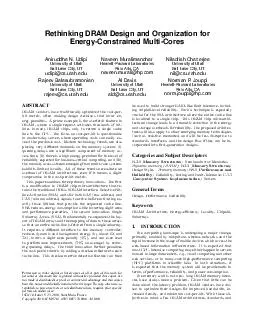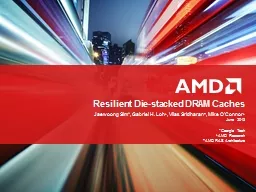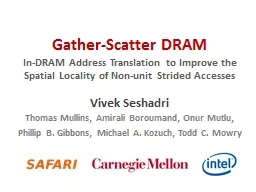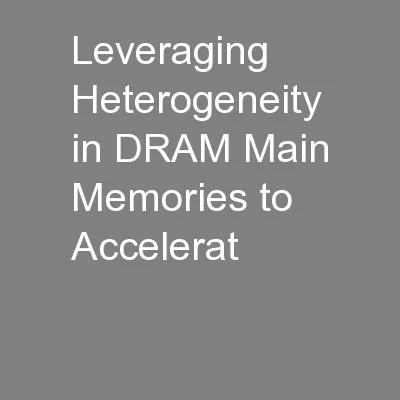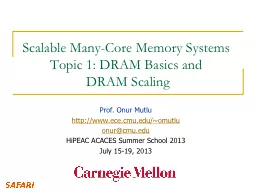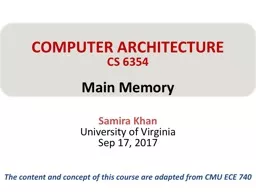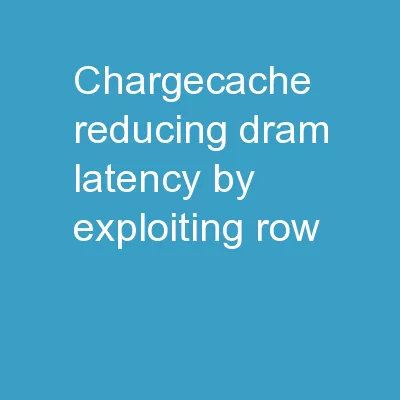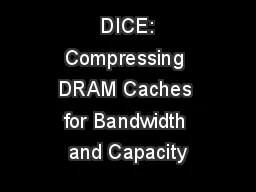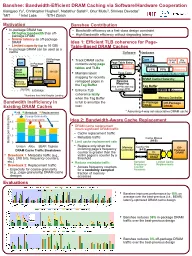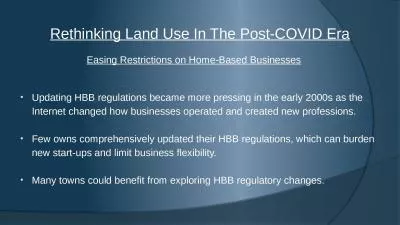PDF-Rethinking DRAM Design and Organization for EnergyConstrained MultiCores Aniruddha N
Author : liane-varnes | Published Date : 2015-01-18
Udipi University of Utah Salt Lake City UT udipicsutahedu Naveen Muralimanohar HewlettPackard Laboratories Palo Alto CA naveenmuralihpcom Niladrish Chatterjee University
Presentation Embed Code
Download Presentation
Download Presentation The PPT/PDF document "Rethinking DRAM Design and Organization ..." is the property of its rightful owner. Permission is granted to download and print the materials on this website for personal, non-commercial use only, and to display it on your personal computer provided you do not modify the materials and that you retain all copyright notices contained in the materials. By downloading content from our website, you accept the terms of this agreement.
Rethinking DRAM Design and Organization for EnergyConstrained MultiCores Aniruddha N: Transcript
Download Rules Of Document
"Rethinking DRAM Design and Organization for EnergyConstrained MultiCores Aniruddha N"The content belongs to its owner. You may download and print it for personal use, without modification, and keep all copyright notices. By downloading, you agree to these terms.
Related Documents

